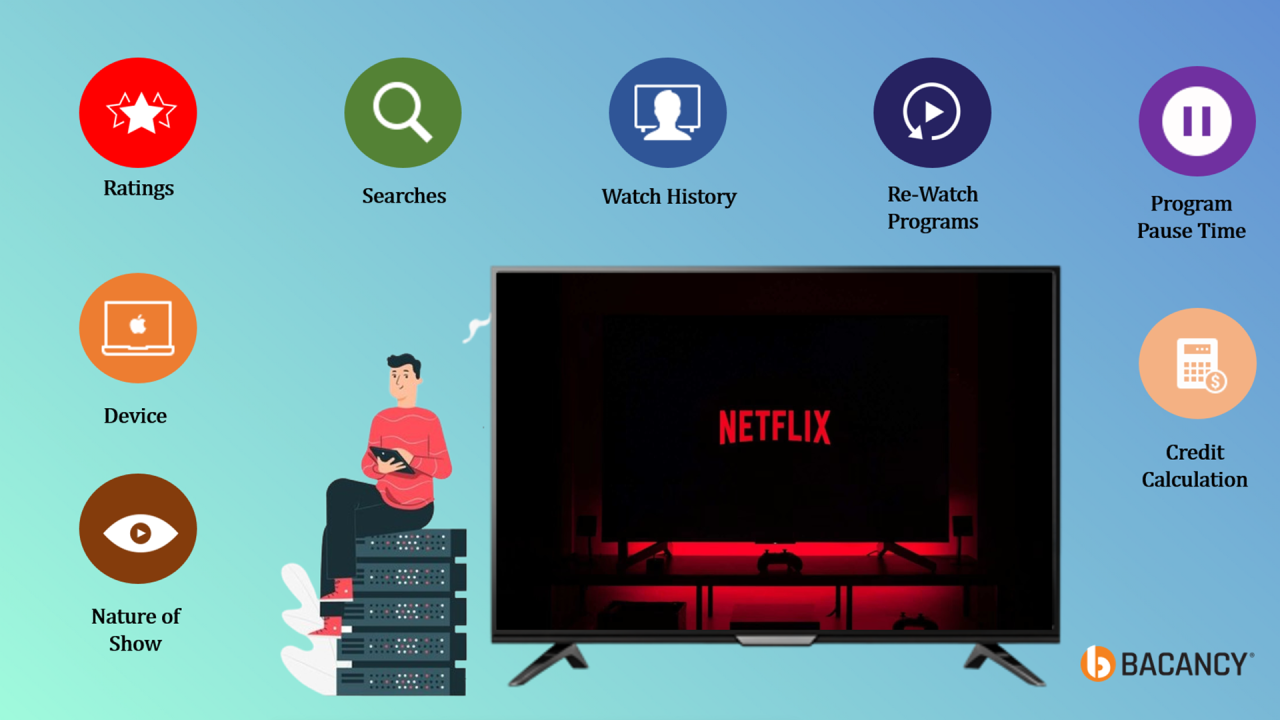Streaming technology has revolutionized the way we consume media, providing instant access to a vast array of content across multiple devices. From its humble beginnings to its current state of ubiquity, streaming technology has undergone a remarkable evolution, driven by advancements in internet infrastructure, video compression techniques, and user demand for convenience and flexibility. This article delves into the multifaceted journey of streaming technology, tracing its origins, key milestones, and the innovations that have shaped the streaming landscape as we know it today.
Origins of Streaming Technology
The origins of streaming technology can be traced back to the early days of the internet, when bandwidth limitations and technical constraints made it impractical to deliver high-quality video over the web. Early attempts at streaming involved cumbersome processes that required users to download entire video files before playback, resulting in long buffering times and poor viewing experiences. However, as internet speeds improved and compression technologies advanced, the stage was set for the emergence of true streaming services.
The Birth of Real-Time Streaming
The breakthrough moment for streaming technology came with the development of real-time streaming protocols and codecs that enabled seamless playback of video and audio content over the internet. Technologies like Real-Time Streaming Protocol (RTSP) and Real-Time Transport Protocol (RTP) laid the groundwork for delivering live and on-demand content in real-time, paving the way for the rise of streaming platforms and services. These protocols allowed for the efficient transmission of media data packets, enabling smoother playback and reducing buffering times.
Advancements in Video Compression
One of the key enablers of streaming technology has been the advancement of video compression techniques, which allow for the efficient transmission of video data over the internet. Early codecs like MPEG-2 laid the foundation for digital video compression, but it was the introduction of more advanced codecs like H.264 (AVC) and H.265 (HEVC) that truly revolutionized the streaming landscape. These codecs offer significant improvements in compression efficiency, allowing for higher-quality video streaming at lower bitrates, making streaming more accessible to a wider audience.
The Rise of Streaming Platforms
The proliferation of high-speed internet and the increasing popularity of connected devices like smartphones, tablets, and smart TVs have fueled the rapid growth of streaming platforms and services. From early pioneers like YouTube and Netflix to the current giants like Amazon Prime Video, Disney+, and Hulu, streaming platforms have become the primary way millions of people around the world access and consume entertainment content. These platforms offer a vast library of movies, TV shows, and original content, catering to diverse interests and preferences.
The Impact of Cloud Computing
The advent of cloud computing has further accelerated the evolution of streaming technology, enabling streaming platforms to scale their infrastructure dynamically to meet growing demand. By leveraging cloud-based storage and processing resources, streaming services can deliver high-quality video streaming to millions of users simultaneously, without the need for costly on-premises infrastructure. Cloud-based solutions also offer increased reliability and scalability, ensuring seamless playback and minimal downtime for users.
The Shift to High-Definition and 4K Streaming
As internet speeds continue to increase and consumer demand for high-definition content grows, streaming platforms have embraced higher-resolution formats like 1080p Full HD and 4K Ultra HD. These formats offer significantly higher image quality and clarity, providing viewers with a more immersive and cinematic viewing experience. With the advent of High Dynamic Range (HDR) and Wide Color Gamut (WCG) technologies, streaming platforms are pushing the boundaries of visual quality even further, delivering stunningly lifelike images with vibrant colors and enhanced contrast.
The Emergence of Live Streaming
In addition to on-demand content, live streaming has become increasingly popular, allowing users to watch events and broadcasts in real-time over the internet. From live sports and concerts to news broadcasts and gaming streams, live streaming offers a level of immediacy and interactivity that traditional media cannot match. Platforms like watch tv4 play in uk, YouTube Live, and Facebook Live have become hubs for live streaming content, attracting millions of viewers and content creators from around the world. Live streaming allows for real-time interaction between content creators and viewers, fostering a sense of community and engagement.
The Future of Streaming Technology
Looking ahead, the future of streaming technology is poised to be shaped by emerging trends like virtual reality (VR) streaming, interactive content, and personalized recommendations. As VR technology becomes more accessible and affordable, streaming platforms are exploring ways to deliver immersive 360-degree video experiences to users, opening up new possibilities for storytelling and entertainment. Interactive content, such as choose-your-own-adventure movies and interactive series, allows viewers to become active participants in the narrative, blurring the lines between traditional media and gaming. Personalized recommendations powered by machine learning algorithms will continue to play a central role in enhancing the streaming experience, offering tailored content suggestions based on individual preferences and viewing habits.
Summary
The evolution of streaming technology has transformed the way we consume media, offering unparalleled convenience, flexibility, and choice to users around the world. From its humble beginnings to its current state of ubiquity, streaming technology has undergone a remarkable journey, driven by advancements in internet infrastructure, video compression, and user demand for high-quality, on-demand content. As we look to the future, the possibilities for streaming technology are endless, promising even more immersive, interactive, and personalized experiences for viewers everywhere. With ongoing innovations and advancements, streaming technology will continue to shape the media landscape for years to come, ushering in a new era of entertainment and connectivity.


